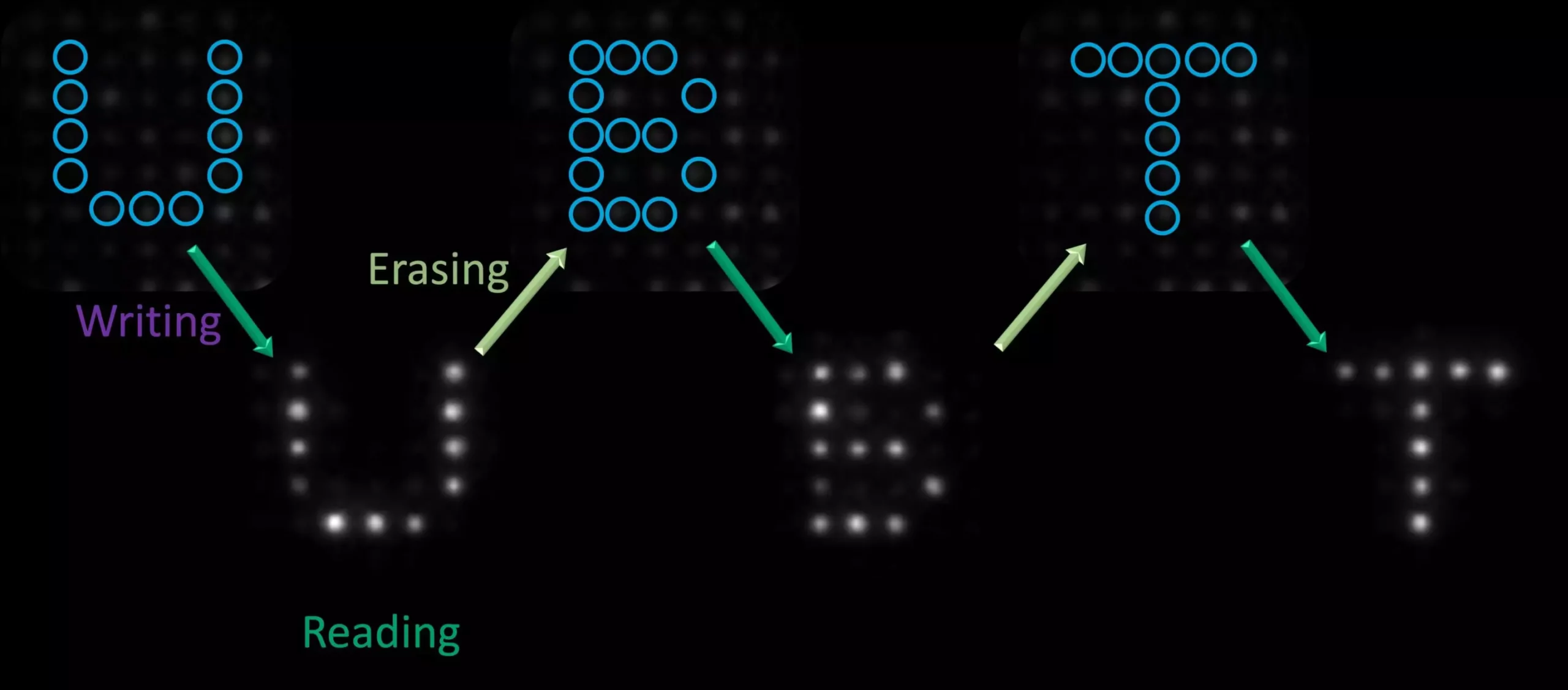Recent advancements in optical technologies represent a significant leap forward in the field of information processing. A recent study conducted by a collaborative team from the University of Bayreuth and the University of Melbourne has unveiled a groundbreaking method for achieving optically switchable photonic units. This innovation allows for the precise manipulation and data management of binary information through light rather than traditional electronic signals. The implications of this work, published in Advanced Optical Materials, could fundamentally reshape our understanding of data storage and transmission.
Historically, electronic devices have transformed our world, primarily through the development of microchips and integrated circuits. These innovations serve as the backbone of everyday technologies, powering everything from computers to telecommunications. At the core of these systems lies a series of intricate logic gates, which effectively control the flow of binary information using electrons. Despite the incredible advancements made, one persistent ambition within the scientific community has been to harness the power of photons for data processing. The ability to use light as the medium for information transmission offers potential advantages that could surpass existing electronic technologies.
The collaboration between the scientists from Bayreuth and Melbourne marks a strategic effort to turn this ambition into reality. Led by esteemed professors Jürgen Köhler and Mukundan Thelakkat from Bayreuth, alongside Prof. Paul Mulvaney and a team of junior researchers, this initiative has resulted in the successful demonstration of optical data processing capabilities. Their research involves the use of microstructured polymer spheres arranged in a grid, allowing for repeated optical “read, write, and erase” cycles. Notably, they managed to inscribe alphabetic characters sequentially on the same microstructured location, illustrating a significant breakthrough in optical data manipulation.
One of the key advantages of utilizing light for data transmission is the inherent ability to exploit multiple characteristics of photons. Prof. Köhler highlights that, unlike electrons, which primarily rely on signal strength, light enables the integration of various parameters such as wavelength and polarization for data differentiation. This multiplicity not only increases the potential for multiplexing but could also improve the efficiency and capacity of data networks.
As researchers continue to refine and expand upon these pioneering methods, the potential for developing entirely new types of photonic logic gates and microchips becomes more tangible. Though still in its infancy, the technology promises to pave the way for faster, more energy-efficient information processing systems. By bridging the gap between optics and digital communication, scientists are setting the stage for a future where data is processed and transmitted faster than ever, potentially revolutionizing industries reliant on rapid information exchange.
The collaboration between the University of Bayreuth and the University of Melbourne underscores the importance of interdisciplinary research in achieving scientific breakthroughs. The progress made in optical data processing represents a pivotal moment in the evolution of information technology, inviting a renewed exploration into the realm of photonics and its application in logic and computing systems.


Leave a Reply